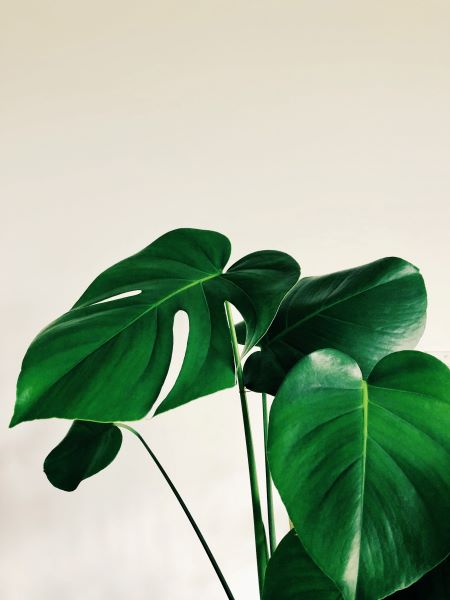If you’ve fallen in love with gardening in the Vantage Collection community rooftop garden and want to bring your green thumb indoors, who says you can’t have a slice of Eden inside your apartment?
With a bit of creativity, determination, and our handy tips, you can cultivate a thriving indoor garden in your apartment. Let’s dig in!
Evaluate Your Space
Before you start buying plants, look around your apartment. Identify which spots receive the most sunlight and which are shadier. Consider placing plants that need more sunlight (like succulents or citrus plants) near south-facing windows. If sunlight is scant, worry not! There are plenty of plants, such as ferns and snake plants, that can thrive in low-light conditions.
Containers are Key
The beauty of indoor gardening is that you can get really creative with containers. From vintage teapots to wooden crates, nearly anything can house a plant as long as it provides proper drainage. Remember, overwatering can be just as detrimental as under-watering. If your chosen container doesn’t have holes, add a layer of pebbles at the bottom to ensure your plants don’t sit in stagnant water.
Selecting Your Soil
Different plants have varying soil needs. While general potting soil works for most plants, some, like succulents and cacti, prefer sandier mixes that drain quickly. Research your plant’s needs, and make sure you choose the right type of soil. This can be the difference between a thriving indoor garden and a wilting one.
Water Wisely
One of the most common mistakes in indoor gardening is overwatering. Unlike outdoor plants that benefit from natural rainfall and drainage, indoor plants can easily become waterlogged. Invest in a watering can with a long spout to give your plants a gentle drink, ensuring that water seeps down to the roots without flooding them. It’s also a good practice to check the soil moisture with your finger before watering.
Provide Proper Nutrition
Just like humans, plants need nutrients to grow. While sunlight and water cover the basics, plants also benefit from regular feeding. Liquid fertilizers or slow-release granules can provide your green buddies with the nutrients they need. But be careful not to overfeed—too much of a good thing can harm your plants.
Get Techy with It
For the tech-savvy gardener, there’s a whole world of gadgets to explore. Grow lights can supplement your plants’ light intake during darker months, while smart pots and self-watering planters can take some of the guesswork out of care routines. There are even mobile apps that send reminders for watering and feeding.
Embrace Vertical Gardening
If floor space is limited, look up! Walls, windowsills, and shelves can be perfect spots for your plants. Consider installing hanging planters, vertical wall gardens, or trellises. Not only does this save space, but it also adds a beautiful green aesthetic to your living area.
Pick the Right Plants
When starting out, it’s wise to choose low-maintenance plants. Pothos, ZZ plants, spider plants, and peace lilies are all great options for beginners. As you become more confident in your gardening skills, you can graduate to more demanding plants.
Stay Vigilant for Pests
Indoor gardens aren’t immune to pests. Watch out for signs of insects like aphids, spider mites, and mealybugs. If you spot them, isolate the affected plant immediately to prevent spreading. Using a mix of water and mild dish soap can help combat many common pests.
Enjoy!
Gardening, whether indoors or out, should be a joyous and therapeutic endeavor. Relish the process of nurturing something and watching it grow. Celebrate each new leaf or flower as a testament to your care and dedication.




